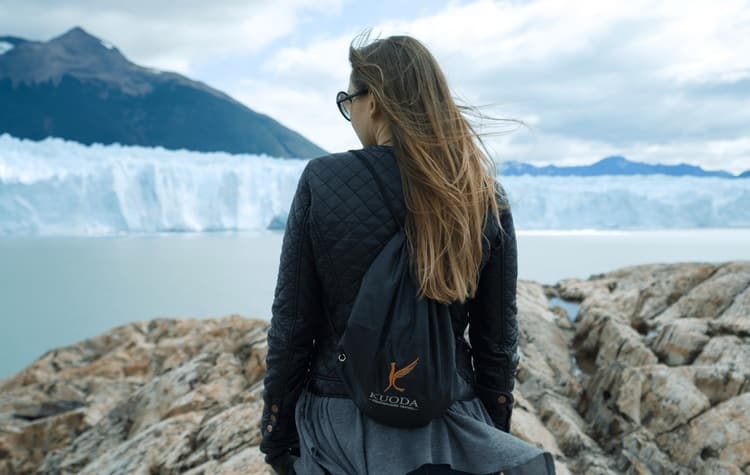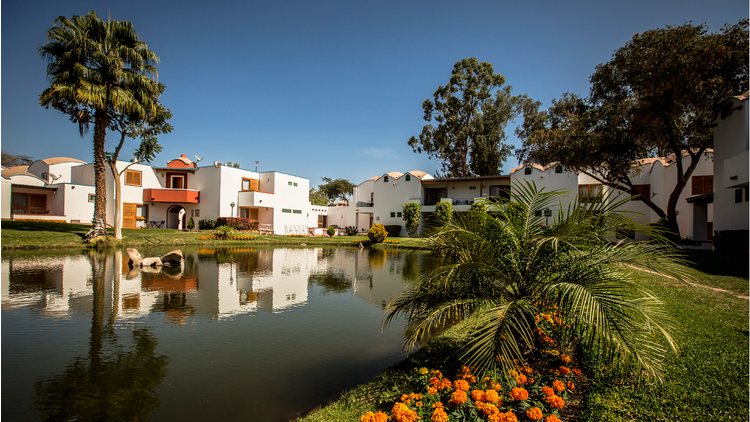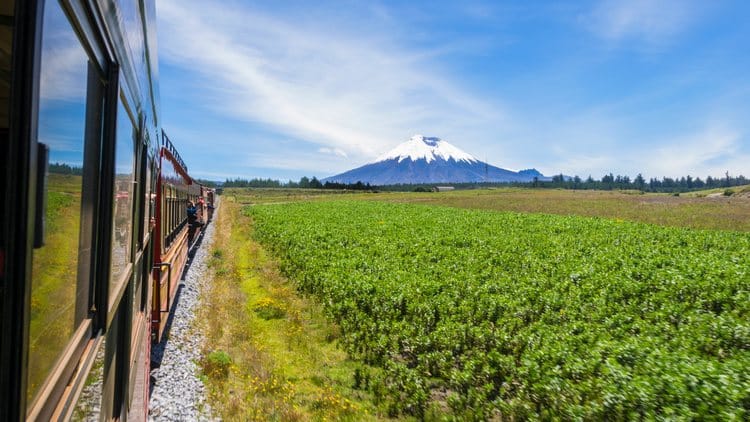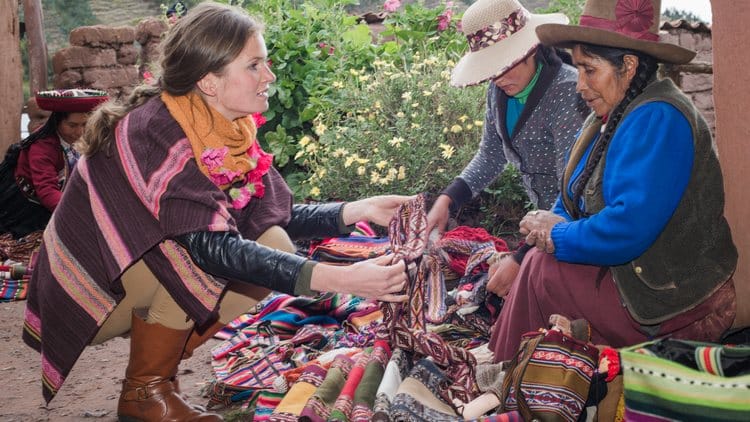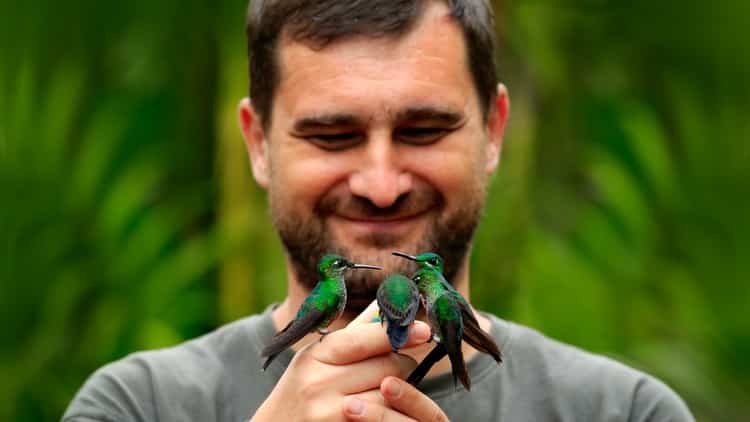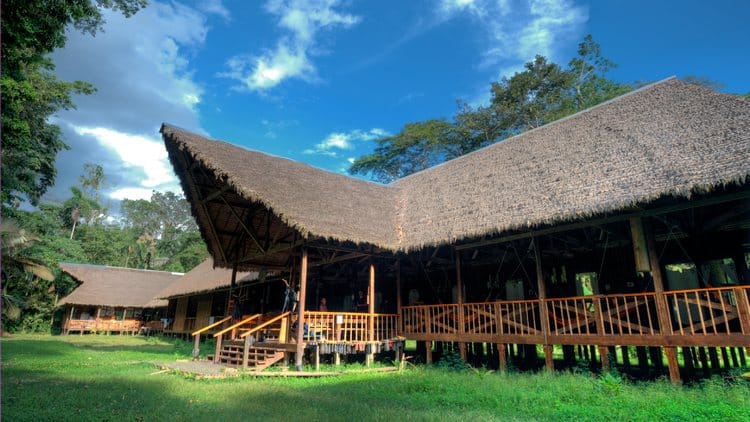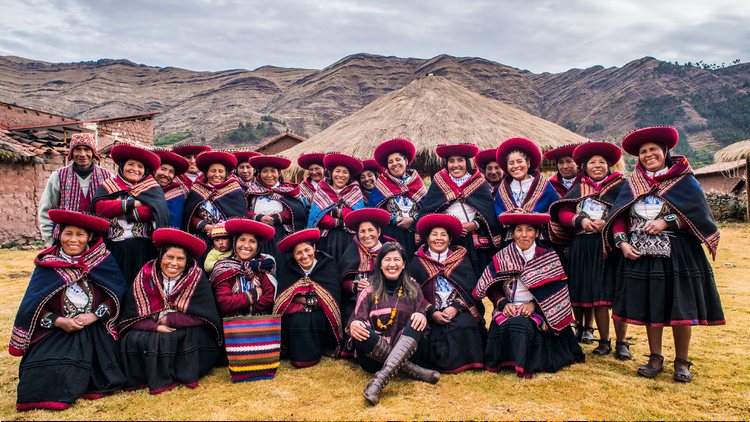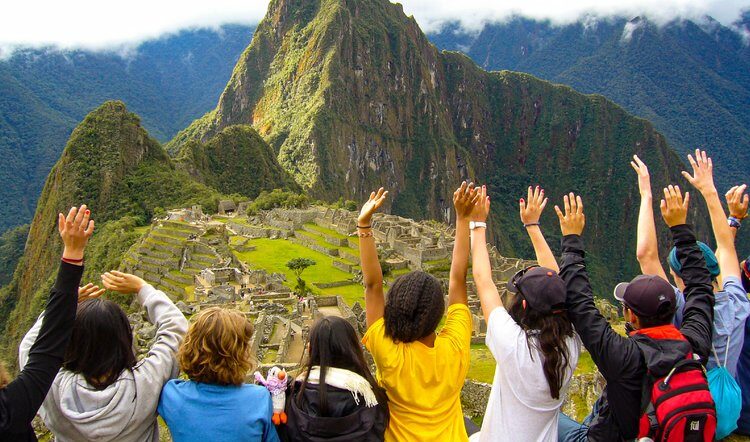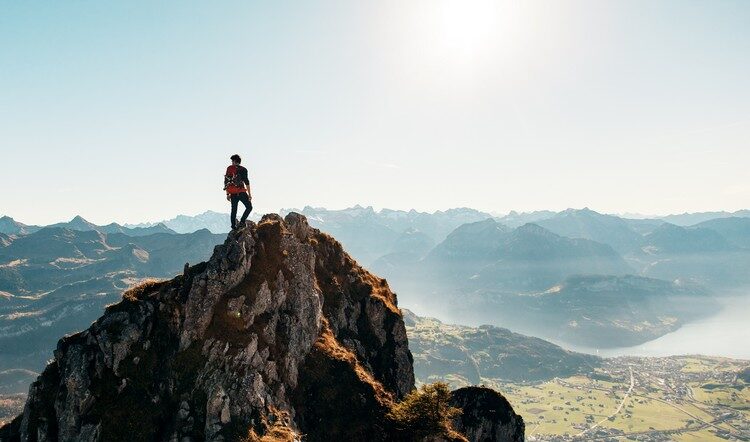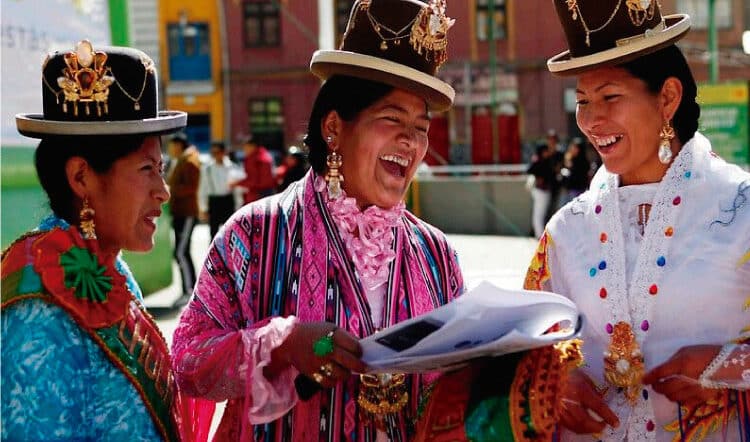Sustainable travel is one of those pressing issues that has been creeping up on society for years and can no longer be ignored or pushed aside as a “niche” market. On the contrary, making the travel industry sustainable is imperative to the welfare of both our planet and our fellow humans. One silver lining of the COVID-19 pandemic is that it has shown us this undeniable truth, and now we can act!
Considering tourism has shown to be one of the fastest-growing industries in our lifetime, it is no surprise that it has become one of the most destructive for both the environment and host communities. Tourism has traditionally depended on limited natural resources and has also posed a threat to local socio-cultural structure, especially in developing nations.
Many people still ask, “But what does sustainability even mean? Is it actually attainable or a symptom of wishful thinking?” Put simply, something is sustainable when it doesn’t take more than it gives. And this is most certainly possible through even the smallest actions. In this article, we want to highlight the ways in which you can travel with purpose in South America and join the sustainable revolution!
1. Think about sustainability during the planning process
– Research what your travel agency is doing to join the sustainable movement
The good news is, most agencies have received the message and are changing bit by bit to become even more sustainable. Kuoda travel has always put sustainability in the foreground of our personalized travel experiences, and in 2020 we officially became a carbon-neutral agency through the Green Initiative.
We have also made the constant commitment to partner with sustainably-minded hotels, lodges, restaurants, and other micro-agencies that provide adventure activities, etc. This means their infrastructure is eco-friendly. They work collaboratively with local communities and pay fair wages to create authentic experiences that directly give back to the local economy.
– Limit the amount of domestic airfare in your itinerary
In this fast-paced world, we have become quite accustomed to taking even the shortest flight to save time. Between some destinations, like Quito (or Guayaquil) and the Galapagos in Ecuador, these domestic flights make sense. There is literally no other way to get to the Galapagos, and in this case, flying is more than justified.
But a flight isn’t necessary between other destinations, such as Cusco to Juliaca (the closest airport to Lake Titicaca), especially when you can savor unparalleled scenery on a full-day road trip through the Peruvian Andes. Therefore, we recommend always asking your travel designer if road travel is possible, what it entails, and also extending your trip by a day or two if it means cutting down on flights if you can.
– Avoid voluntourism
It’s counter-intuitive, but volunteering for short periods of time, especially in developing nations, actually does more harm than good. This phenomenon, known as “volunteer tourism” or “voluntourism,” typically manifests in teaching English, building houses, or volunteering in orphanages for limited periods of time and is open to anyone – no professional training required.
Tourists who engage in this type of activity have all the best intentions, but the reality is these actions don’t encourage sustainable change but instead stifle sustainable development. Voluntourism essentially discourages self-driven local projects and often results in poor infrastructure due to the amateur nature of volunteers.
In order to regenerate cultural resources and promote regional sustainable practices, local people need to feel empowered, not continuously disadvantaged and underprivileged in the eyes of volunteers. So, if you have the intention of making a genuinely positive impact on your 1-2-week trip in South America, buy from local artisans and vendors, don’t haggle, and show sincere interest in learning about local culture.
– Seek out lesser-known destinations
Almost everyone plans their travels using a bucket list of top destinations for each country, and we don’t think this trusty bucket list should go anywhere! But in addition to your bucket-list items, such as Machu Picchu, Iguazú, The Galapagos, and the middle of the world monument in Ecuador, sustainable travelers should ask about and consider including off-the-beaten-path places.
For instance, in Peru, you can visit Inca archaeological sites that are as steeped in cultural heritage and history as Machu Picchu, yet still, hardly receive any tourists. The ancient city of Kuelap is the jungle region of Chachapoyas is one example. And while you’re there, you can also check out the incredible Gocta waterfall, recently made known to the world in 2005 and the world’s third tallest waterfall!
2. Research Sustainable Destinations in South America
We could write pages upon pages about the growing sustainable destinations in South America. However, we want to highlight six of our favorites for you to consider on your next curated journey, and inspire you to do some research of your own, starting with one of the most astonishing natural laboratories in the world: the Galapagos islands!
On the Galapagos Islands, the animals keep the humans in check. The strict protective policies preserve one of the most fascinating natural enclaves on earth and the hundreds of endemic species who call it home. The Tayrona National Park in Colombia is another eco-tourism treasure between the Caribbean Coast and the Sierra Nevada de Santa Maria, and nicknamed “Colombia’s Yellowstone.”
Yet another national park that boasts incredible biodiversity and hardly any visitors is Madidi National Park in Bolivia’s Amazon rainforest. Or, if you’re more of a winter person, the near-Antarctic chill of Patagonia, a fascinating region spanning Argentina and Chile, offers an immersive experience in nature like few others on this planet.
3. Remember sustainability extends beyond the environment
The World Tourism Organization (UNWTO) describes sustainable travel as: “tourism that takes full account of its current and future economic, social and environmental impacts, addressing the needs of visitors, the industry, the environment, and host communities.” This is why it’s essential to remember that sustainability means so much more than eco-conscious or “green” travel.
A key term to look out for is “community-based” projects or initiatives. What do community-based travel programs look like? You’ll find some excellent examples in the Amazon, where certain lodges have fostered collaborative relationships with local indigenous communities, who take on partial or full ownership, and generate internal autonomy for future generations.
The Posada Amazonas lodge in the Tambopata Amazon reserve of Southern Peru is one of three lodges by Rainforest Expeditions but is unique in its community-based model. The Ese Eja native community of Infierno has gained ownership of the Posada Amazonas Lodge, which lies on their ancestral land. As a result, all of the guides at Posada Amazonas are members of the community, in addition to every single staff member.
The Ecuadorian Amazon also has its fair share of eco-lodges, many of which are owned and run by local indigenous communities as well. For example, the Achuar Nation has owned the Kapawi Lodge here since 2008. Everyone who stays here learns about the Achuar way of life, being one with the forest, and living in complete balance with one’s natural surroundings; the lodge’s unique architecture reflects this idea, as do the activities deep within the jungle.
4. Talk with us about our sustainable travel initiatives
We recognize sustainability isn’t static; in other words, any person or company can and should continue to become even more sustainable over time. And we have made it our mission to keep learning and growing towards ultimate sustainable travel in everything we do.
In addition to being carbon neutral and working with sustainable hotels, lodges, restaurants, and operators, we have our own collaborative community-based project with a local community in Chinchero, Peru. The women of this small Quechua community are master weavers and hold demonstrative workshops for any of our guests who wish to learn more about their intricate ancestral designs and traditional dyeing techniques.
Contact us today to learn more about how to create meaningful travel experiences together while minimizing your carbon footprint, traveling with integrity, and leaving a positive impact wherever you may wander in South America!

